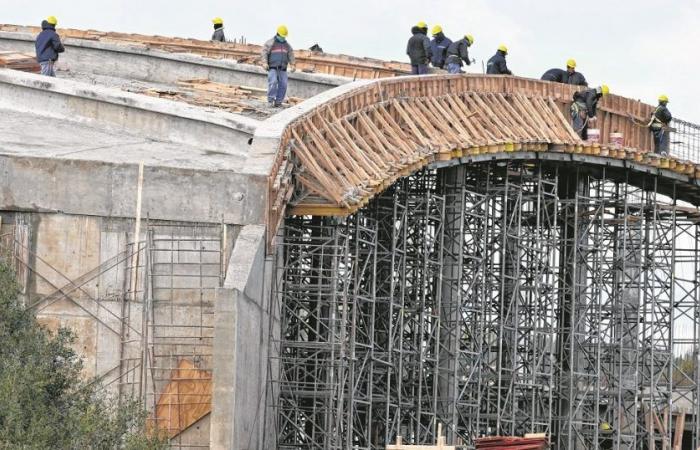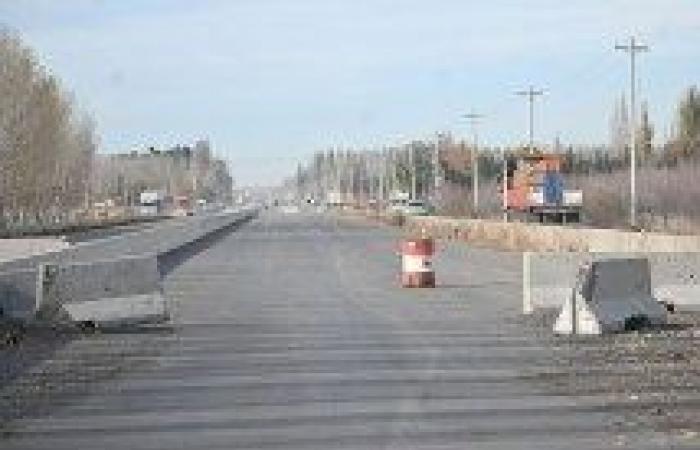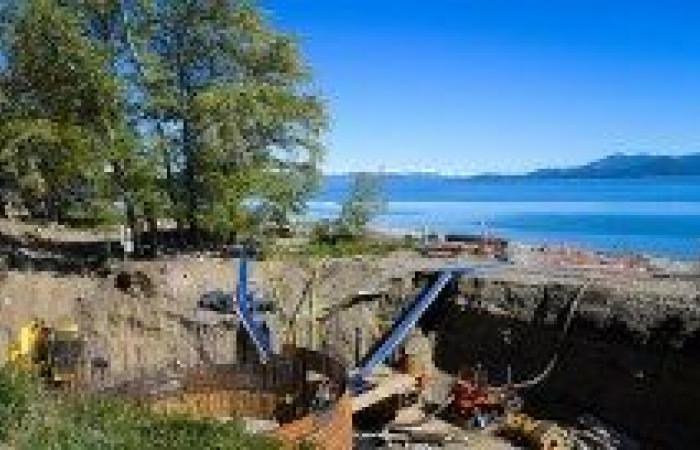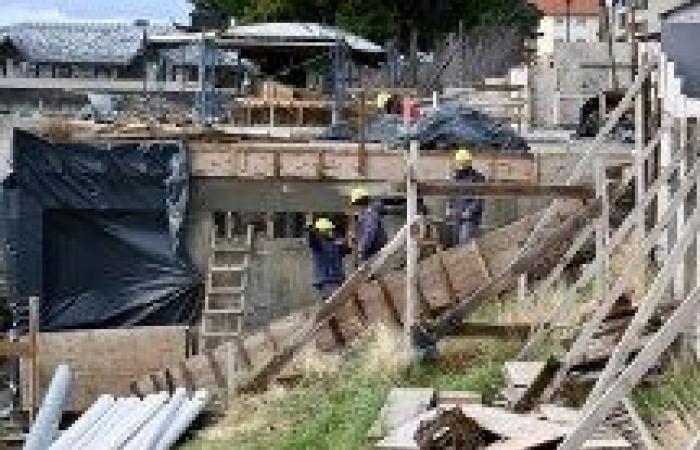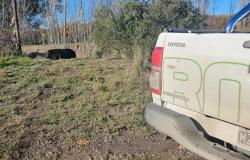The national government prioritized road works and canceled financing for an extensive list of constructions that were being carried out in Río Negro with federal funds.
Last week the Nation’s commitment to conclude the works on routes 22, 23 and 151; begin tasks on lanes 6 and 8 that have financing from the Inter-American Development Bank (IDB); and only resume two sanitation works, such as the Roca and Catriel sewer master plans.
But in Río Negro there were more than 25 public works with national financingmany of which are paralyzed without any certainty of being resumed and others that are still in progress, due to the injection of provincial resources. In addition, the works that were administered by the municipalities with a national budget continue to be paused.
In the total paralysis that the provincial Ministry of Public Works was unable to reverse, despite the efforts made before the Nation, are the constructions of kindergartens in Villa Manzano, General Conesa and Cipollettiwhere there is an expansion and a new educational establishment with a degree of progress of 87.7% when the funds were cut.
In Viedma, Nación financed the SUM of ESRN 141 and 154, whose execution began in September of last year and had progress of 14%. Also under construction was a new kindergarten in the Lavalle neighborhood.
Among the works that the National Entity for Water Works and Sanitation (Enhosa) The most striking case of paralysis is the coastal collector of Bariloche, which has a degree of progress of 95.7% and only the installation of a backup electric generator for the pumping plant remains.

They are also stopped andhe water master plan for Catriel and Viedma, which were 26.7% and 10% complete respectively. Only resuming the Roca and Catriel sewer plans is guaranteed.
The Bariloche bus terminal which had a tripartite financing scheme, was unable to recover the full commitment of national funds. These tasks remained 32% complete and would continue with the provincial contribution, own funds and the casino fee that was allocated for this construction.
In other cities like El Bolsón, Viedma, Villa Regina, San Antonio Oeste, Sierra Grande and Cinco Saltos The terminal works were shared with the municipalities and the national government, through a scheme designed by the former Ministry of Transportation. Most are paralyzed in search of resources to continue.
The investments linked to the Ministry of Energy have different realities because the five sections of work for the Alipiba II high voltage line still in progress -recently started with less than 10% execution- since the financing comes from the Trust for Transportation Works for Electrical Supply (Fotae) and the installation tasks of the medium and low voltage network in the Alun Ruca neighborhood of Barilochewith 95% of work completed.
However, it remained The work to extend the water network and home connections in different neighborhoods of Cipolletti has been paralyzed through Renabap.
The investment on Bustillo Avenue in Bariloche was completely canceled and delayed. Last month, the province decided to inject 200 million pesos to pave the area of greatest deterioration in a section of less than 500 meters, but it will not continue with the entire original 4-kilometer modernization project.
In the case of Ramon Carrillo hospital The investment was shared between the Nation and the province. At the beginning of 2024, a contribution of 16% was recorded from the central government and 84% had been paid for by the province. Governor Alberto Weretilneck promised on the city’s anniversary to complete the expansion work this year.
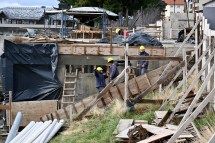
Four tourist constructions that do not stop
Other shared financing works are the tourist works that were part of the “50 destinations” program and that had mixed investment, with the provincial tourism infrastructure fund that was created by law. These executions, which have a lower economic impact than other tasks, will continue with Rio Negro resources.
It’s about the first stage of the steppe corridor on Route 23; he La Trochita Parador in Ñorquinco, which has an execution level of 95%; the five sanitary modules in San Antonio Bay, which only had 12.4% progress; and the Villa Llanquín square.
The global investment for the four works amounts to 396 million pesos, according to the original budget.

